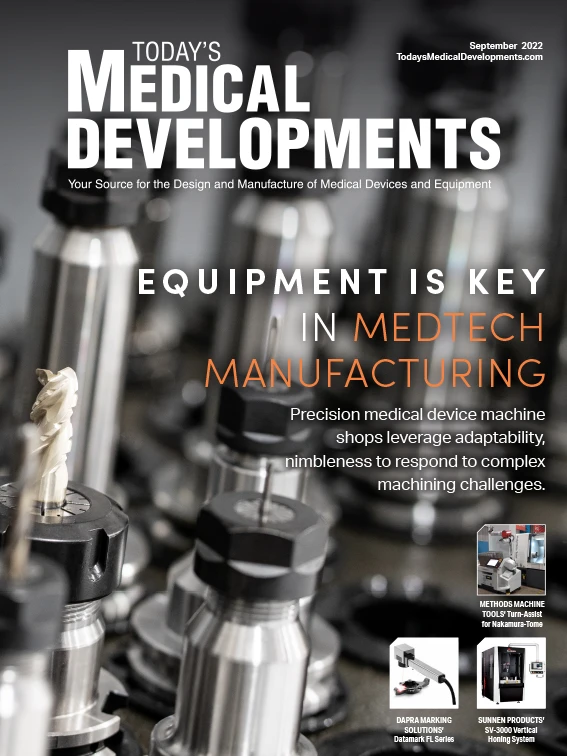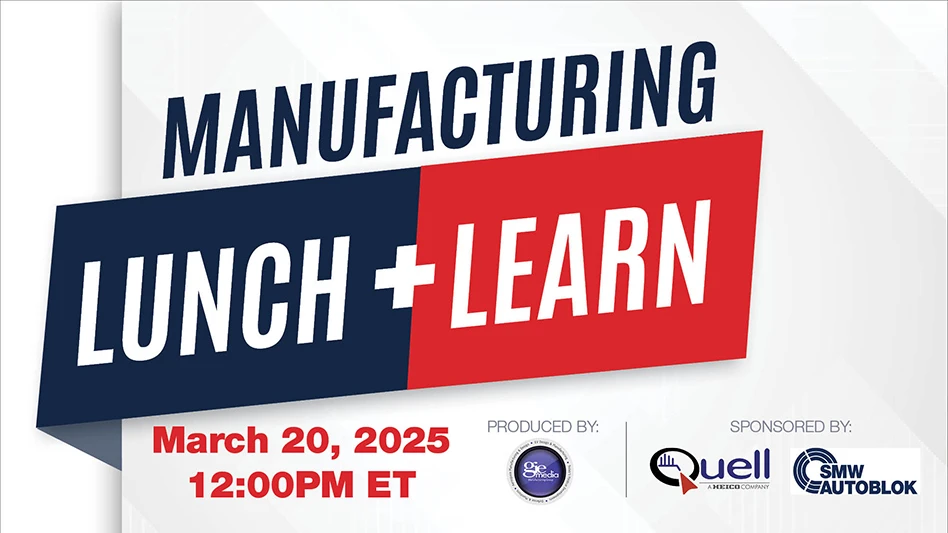
emodic@gie.net
I’m taking a guess the above headline mustered up images of M.C. Hammer wearing parachute pants, dancing, and singing “U Can’t Touch This.” You were either transported back to 1990 when the song was released or remember it from more recent commercials such as 3M’s Command Brand or Cheeto’s 2020 Super Bowl spot. While you may be humming the song in your head, this HAMMER time dance is all manufacturing related.
Announced last month, the National Science Foundation (NSF) awarded $26 million in funding for the Hybrid Autonomous Manufacturing, Moving from Evolution to Revolution (HAMMER) Engineering Research Center (ERC) for 5 years with the ability to renew for another $26 million for an additional 5 years. The Ohio State University will lead this multi-institutional ERC which includes Northwestern University, North Carolina Agricultural and Technical State University, Case Western Reserve University, and the University of Tennessee. These institutions will work with collaborators from 70+ industries, educational, and technical organizations to develop and implement new manufacturing technologies. Concurrently, it’ll drive new technical education and credentials that’ll prepare, upskill, or reskill the workforce, and expand capabilities across the manufacturing supply chain.
According to the NSF award, HAMMER’s primary goal is to enable the concurrent design of products with novel manufacturing processes using hybrid manufacturing systems and pathways. Ultimately, HAMMER will advance the current state of technology to unite design, tools, artificial intelligence (AI), and computational materials engineering into a single framework for agile component production that’ll possess locally optimized materials chemistry, microstructure, and properties in ways currently unattainable.
Simply put, HAMMER is working to develop advanced approaches to design and manufacture, accelerating development and deployment of intelligent autonomous manufacturing systems.
Its testbeds converge research in various disciplines across the partners, such as where point-of-care manufacturing (POCM) can make a difference in craniofacial trauma reconstruction. Typical approaches are taking 3D CT-scans to create a 3D-printed model followed by hours of the surgeon bending skeletal fixation plates to the model. Researchers’ plans are for a bank of robots to fabricate those plates with the precise bend in minutes, shortening the time to treat the patient as manufacturing technologies advance from the shop floor to the operating room.
The NSF has been funding 75 ERCs since the program’s inception in 1985, and those investments have led to 240+ spinoff companies, 900+ patents, 14,400+ bachelor, master, and doctoral degrees, along with numerous research outcomes enabling new technologies. This award for HAMMER will continue this path of advancing manufacturing in the United States, and that’s something students, faculty, manufacturers, surgeons, and patients will be able to touch.

Explore the September 2022 Issue
Check out more from this issue and find your next story to read.
Latest from Today's Medical Developments
- Kistler offers service for piezoelectric force sensors and measuring chains
- Creaform’s Pro version of Scan-to-CAD Application Module
- Humanoid robots to become the next US-China battleground
- Air Turbine Technology’s Air Turbine Spindles 601 Series
- Copper nanoparticles could reduce infection risk of implanted medical device
- Renishaw's TEMPUS technology, RenAM 500 metal AM system
- #52 - Manufacturing Matters - Fall 2024 Aerospace Industry Outlook with Richard Aboulafia
- Tariffs threaten small business growth, increase costs across industries





